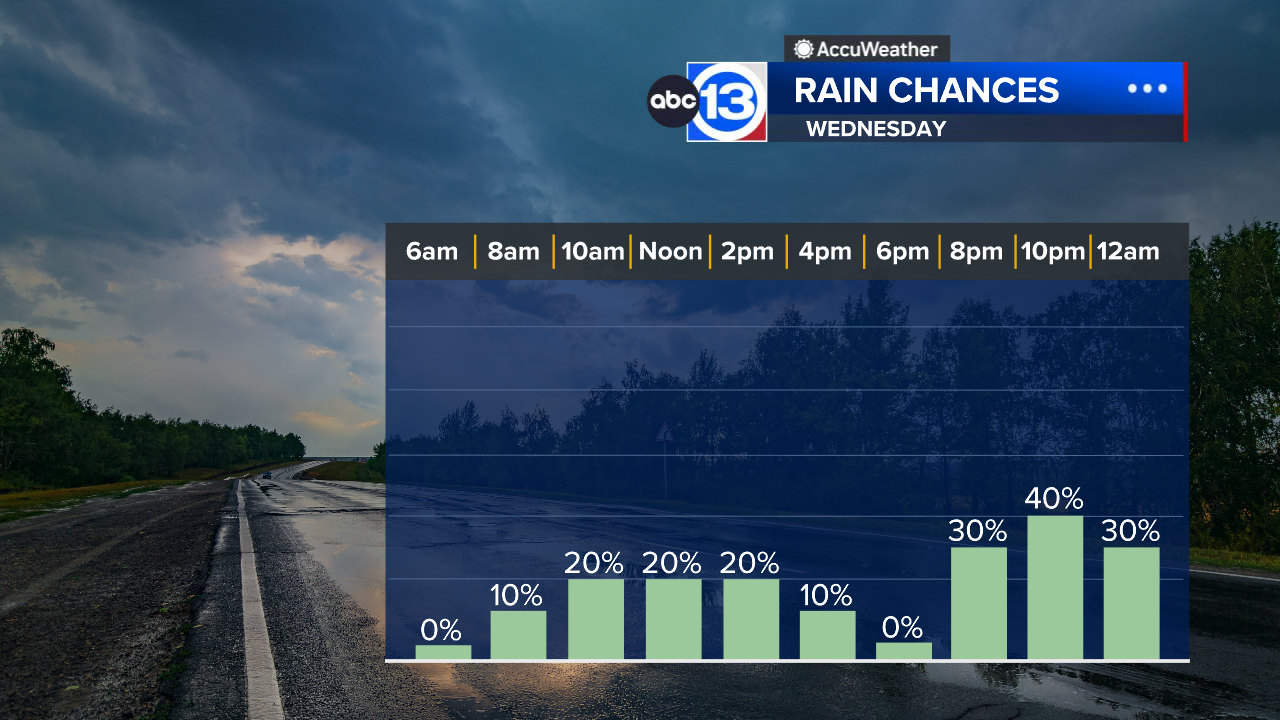5-year-old girl thought to be brain dead overcomes incredible odds


ST. GEORGE, Utah -- A 5-year-old girl thought to be brain-dead following two diabetic seizures is defying all odds, learning to walk again, and on her way to making a miraculous recovery.
Kycie Terry was a normal little girl, who loved cheerleading and was about to start kindergarden when she was suddenly stricken ill on January 25, according to ABC affiliate KTVX. After being diagnosed with strep throat, and given antibiotics, Kycie's condition only got worse until an ER blood test revealed she had a blood sugar of a whopping 1148, about 10 times the average for her age.
The 5-year-old had gone undiagnosed with Type 1 diabetes, and was now in life-threatening diabetic ketoacidosis. Realizing that her brain was swelling and she suffered a seizure, Kycie was flown to Primary Children's Hospital in Salt Lake City, where she fell into a coma following a second seizure.
After reviewing an MRI, doctors told the Terrys that Kycie had extensive brain damage, and that her brain had herniated into the brain stem. They told the family that if she survived, they should expect her to be severely handicapped.
"They told us that she'd probably never breathe on her own," Kycie's mom Jamie Terry told KSL. "She would have zero quality of life."
Jamie said she had trouble coming to terms with the doctor's prognosis.
"She's my only little girl," said Jamie. "I just screamed. I did. I screamed, I cried, I said 'Why Kycie? This can't be Kycie!'"
Since late January, Jamie and Joshua have traded shifts watching over Kycie, who's been living over 300 miles away from their St. George home. The couple has five other children, all boys between the ages of two and 12.
But Kycie refused to accept the odds given to her. Instead, she spent the next three months fighting to return to being the little girl she was before her health problems began.
The family has seen Kycie's progress escalate dramatically, beginning with her breathing on her own, wiggling her toes, touching her finger to her nose, and turning her body over on her own. In an interview with ABC, Joshua said that they're helping Kycie learn to walk again, and that when placed in a walker and her legs held upright, "[Kycie] will initiate the movement."
"If you ask her, she can get her hand over to touch her nose. She's aware. I believe she's trapped in her body," Joshua told ABC. "I really believe she will talk one day, and will walk one day."
Kycie is getting better every day, far better than anyone had expected, and she's still not giving up yet.
"I've said all along she has three things going for her, she's young, she's healthy and she's a girl and girls fight hard!" Jamie told KSL.
The 5-year-old has improved so much over the short time that the hospital has given her a discharge date of May 14, and she will continue daily physical therapy at home with the rest of the family. The Terrys hope Kycie improves enough to start kindergarten in the fall.
Kycie's story touched everyone in proximity, and news of her family's struggle reached far and wide. One woman, whom the Terrys only ever met once, took it upon herself to launch a Facebook page, Kisses for Kycie to help the family and has since gained over 26,000 followers. A neighbor of the Terrys even set up a crowd funding page, helping raise over $50,000 to ease the financial burden.
Kisses for Kycie page routinely delivers updates on Kycie and her family, which is trying to raise awareness of juvenile diabetes. In the same hospital, the Terrys met a parents of another child who remains in a coma after going undiagnosed with diabetes. The viral spread of Kycie's story, however, did prove to save one other child.
Joshua told ABC that he has received numerous messages from patents who also have children diagnosed with diabetes. One even reported that their 2-year-old daughter child had tested positively for diabetes after they discovered she shared similar symptoms as Kycie.
According to the Juvenile Diabetes Research Foundation (JDRF), 15,000 children are diagnosed with type 1 diabetes every year.
JDRF lists the following warning sides of type 1 diabetes, that may suddenly occur at any time.
- Extreme thirst
- Frequent urination
- Sudden vision changes
- Sugar in urine
- Fruity, sweet, or wine-like odor on breath
- Increased appetite
- Sudden weight loss
- Drowsiness, lethargy
- Heavy, labored breathing
- Stupor, unconsciousness










